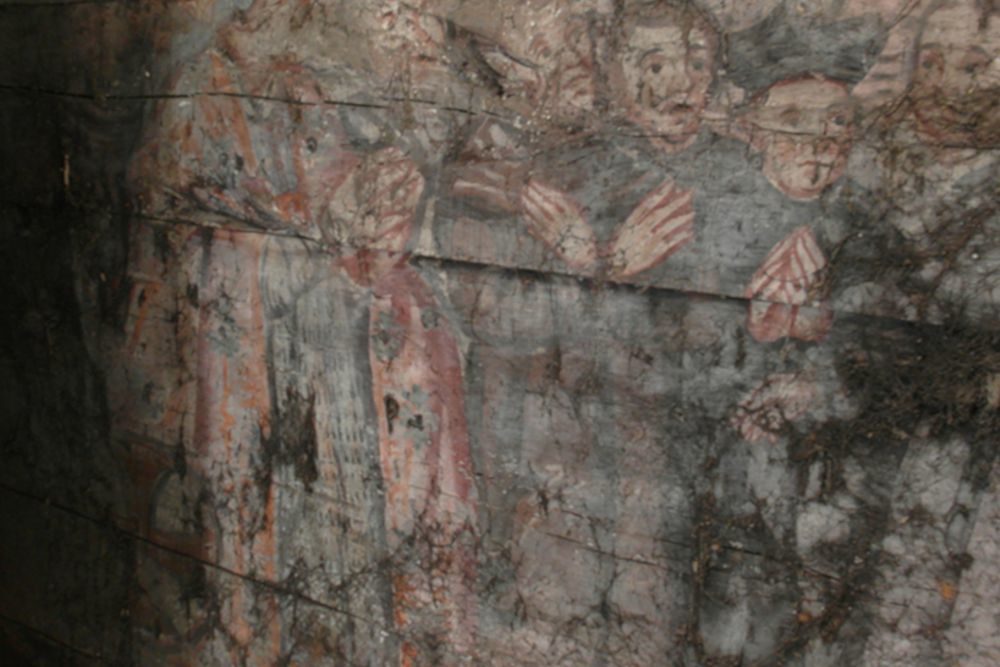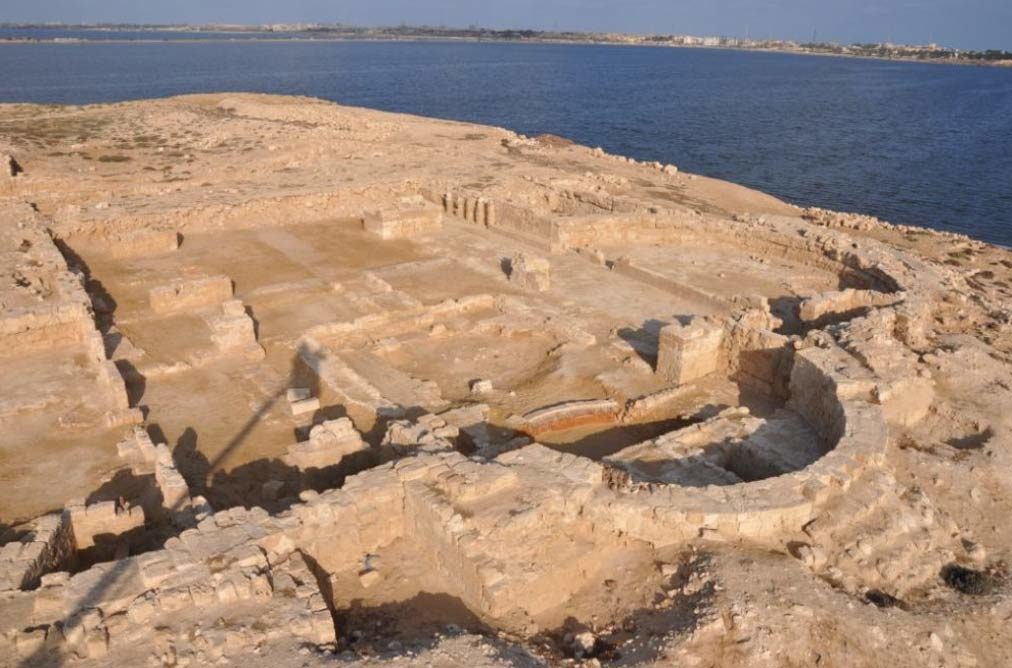OF THE
TIMES


Specific construction techniques used in raising the church suggest its walls were built sometime around the mid-fourth century.
Dr Babraj said: "It is, therefore, one of the oldest Christian temples found in Egyptian territories, today."
In the expert's opinion, the structure was built by locals but it shared architectural features with churches found on the Greek islands and mainland around the same time period.
The archaeologist said: "Our discovery is also important because we practically do not know of any church remains from the neighbouring metropolis of Alexandria, from this time period.
"Now we know, how they could have looked like, which is is why it is crucial we continue our research, which we have only just begun in the vicinity of the old church."
The ancient Egyptian city of Marea was a port city built during the conquests of Alexander the Great. The port developed from around the time of the third century BC up until the Byzantine era of the eighth century AD.
Marea served as a transport hub on the Nile, connecting goods from deep within Egypt to the Mediterranean.
The ancient city may have also been known in the past as Philoxenite.



Renowned Israeli historian, Ilan Pappe's groundbreaking book revisits the formation of the State of Israel. Between 1947 and 1949, over 400 Palestinian villages were deliberately destroyed, civilians were massacred and around a million men, women, and children were expelled from their homes at gunpoint.
Comment: More on polychromatic art: